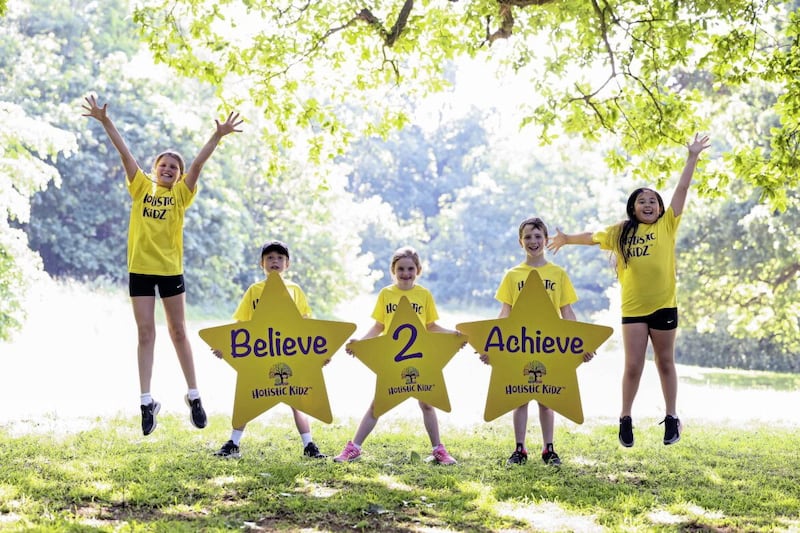PARENTING isn't just about looking after your kids – it's about having fun and playing too. And through that play, babies, tots and youngsters can learn crucial life lessons.
Through smiling, singing, modelling, imitation and games, for example, young children can learn about social interaction. Even simply playing with common household items they'll be learning about objects' feel and quality, and what can be done with them.
Learning socio-emotional and cognitive skills, including self-regulation and language, is also an important part of child development – and this can be practised through early interactions with others, including parent-child play.
Evidence also shows that secure attachment and bonding with a parent, which often occurs during parent-child play, is important for a child's emotional wellbeing.
"Research has firmly established that the early years are a critical stage of child development, during which there's a huge opportunity to shape a child's growth and learning potential," says Sarah Bouchie, head of the Learning Through Play in Early Childhood programme at The LEGO Foundation. "As children's first playmates and teachers, parents have the chance to give them a head-start on learning through play that will last beyond their earliest years."
After some ideas? After studying research and parent-child experiences, the LEGO Foundation teamed up with play experts – they suggest playful parenting (particularly for children from birth to three years of age) should involve one or more of the following five characteristics...
1. Joyful play: It couldn't be simpler. Parents can make eye-contact with their baby during play to communicate the joy of interaction, by smiling extra-wide and laughing, as well as using gestures such as clapping and high-fiving when a young child completes a tricky task. Young infants especially are greatly entertained by unexpected events during play, so a parent can provide joyful play by building excitement during peek-a-boo or a simple jack-in-the-box game.
2. Active engagement: Parents can encourage their child's absorption in an activity by elaborating on it and playing along. For example, if a child is pretending to fly a spaceship to the moon, the parent could contribute to the story by making "Whoosh!" sound effects, or further building the story by suggesting objects that could represent the moon (eg a pan lying against a wall). Maintaining eye-contact during play, lifting the child during the spaceship's 'lift-off' etc, will all contribute to engagement.
3. Social interaction: While parents can play alongside their child, it's likely that deeper learning comes from socially interactive parent-child play. This means that during pretend play, for example, parents can take on a character that must negotiate, plan, and work together with their child's character to accomplish something. This kind of teamwork during play feels socially-interactive and is an ideal time to discuss feelings and practice reasoning.
4. Meaningful play: Early parent-child play allows children to make sense of their world, by pointing to things in the environment and expressing what they are. During pretend play, for example, a parent can model how to use a toy telephone. Young children and infants are likely to imitate this behaviour within their own play, serving as practice for real-life.
5. Repetitive play: Tots love to explore and try things over and over again in play. For example, they'll fill a container with small objects and empty them all again in a repeating pattern. To parents, this may look like pointless repetition, but by repeating the process toddlers are experimenting with the physical properties of the objects. In this way, parents can think of repetitive, or iterative, play as mini-scientific experiments. They can support this by playfully encouraging the tweaking and repeating process.








